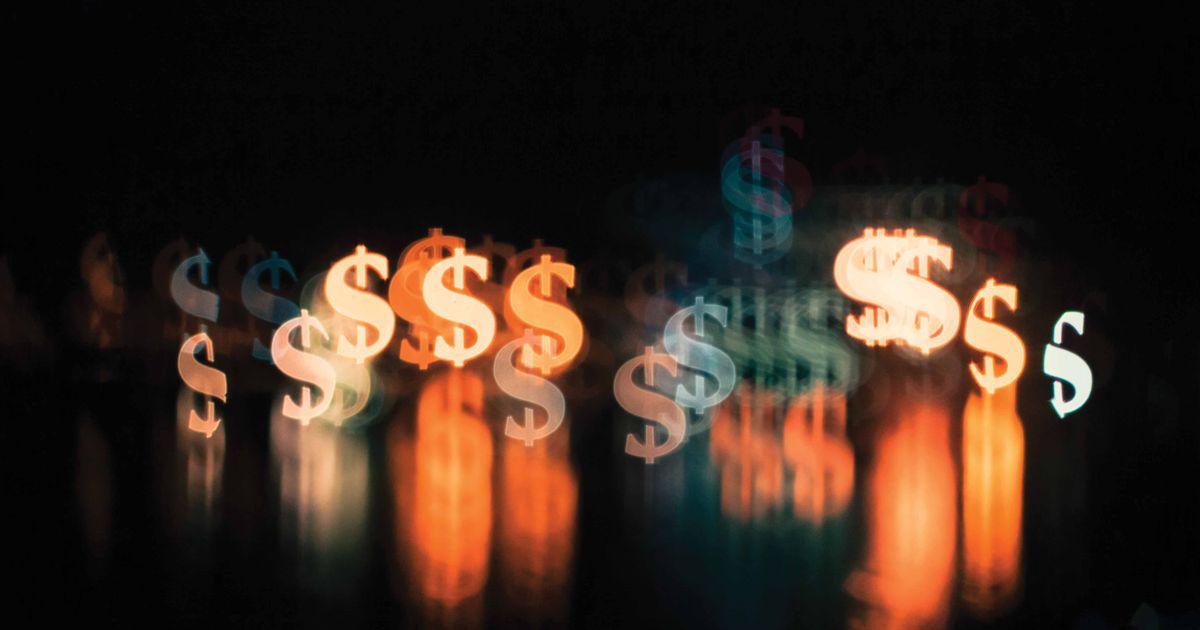
“I do not think it is an exaggeration to say history is largely a history of inflation,” the Nobel prize winning economist Friedrich von Hayek wrote in 1978.
Is price-based history about to rhyme or to be insignificant?
In April, US inflation figures confounded analysts by rising to 4.2%, an eleven year high, while the UK’s inflation rate more than doubled. Fear of price rises have been growing with the after effects of the virus lockdowns due to supply constraints and pent up demand.
Reflecting this, commodity prices and bond yields have been rising from their low points in April and July 2020 respectively. Both are now above their immediate pre-pandemic levels, in the first instance significantly so. Prices of commodities such as lumber, copper, iron ore, corn and semiconductors have gone through the roof, now with much higher costs for hotels, cars and tickets. That is in contrast with the mostly disinflationary forces of the last four decades. The question is whether these price rises are transitory and for how long or whether they will be passed on in daily life resulting in higher wage demands compounded by growing labour shortages over the decades to come. As the Bundesbank Governor in the 1980s observed: “Inflation is like toothpaste. Once it’s out, you can hardly get it back in again.”
So, what might this mean for the art market, particularly in an investment context?
On the basis that inflation causes money to be spent rather than saved, up to a point of rising interest rates, falling investment and economic retraction, it matters to the art market, particularly for those borrowing money to buy art. From an investment perspective, returns on art and collectibles are often benchmarked with inflation along with more typical investments.
Economic studies have demonstrated repeatedly that the price of art sold at auction over decades or centuries has mostly exceeded the rate of inflation and as an investment usually outperforms government bills and bonds but mainly underperforms shares.
The same research shows that art is correlated with inflation but more so commodities, such as precious metals, property and equities, suggesting that including it in a portfolio lowers risk and raises returns. In a survey of collectors, the recent UBS and Art Basel art market report, typically lists inflation, along with return on investment and portfolio diversification, among the main motivations for buying art. Another study suggested that art investment returns between 1945 to 2005 were higher in conditions of above trend economic growth and inflation.
Within living memory, that was the experience in the 1960s and 70s. In tune with those upbeat times, much art market research was pioneered during those decades. From contemporary accounts it is clear that art was viewed as inflation proof in ways that were to be tested from the middle of the decade for the next fifteen years. US inflation rose in three waves from under 2% to 6% to 11% to 14% in 1965, 1970, 1974 and 1980 before descending in phases to the present. Meanwhile, the stock market, which had been rising strongly since 1949, reached peaks in 1962, 1966 and 1968, before being struck by a slow developing bear market, which accelerated after a major fall in 1972, and lasted until 1980.
In the art market, the effects of inflation and wealth diversion became apparent during those decades. The United Nations international trade data for art and collectables informs us that the peak years were 1971 to 1974 and 1977 to 1980 supporting the view that rising inflation buoyed the market up to a point.
In both cases, the art market dropped sharply the following years.
Other factors also influencing the art market during those decades were new wealth taxes and stricter trade laws. Within the trade, while new styles such as minimalism, conceptualism and post-modern art were developed, in the more quantifiable resale market, it was Modern paintings, prints and antiquarian books, followed by furniture, silver, English 18th and 19th century pictures, Chinese ceramics, and European porcelain that generated the best returns from 1960 to 1979. Picasso became the most collectable artist. Among the new buyers of this art were the Japanese, where the economy had been booming since the 1950s, and some OPEC countries which profited from much higher oil prices in 1973 and 1979 which became a major source of inflation.
Today, as investors seek value in high-priced markets and art collectors look for the next best thing, inflation may become an added consideration. A recent study about the best investment strategy in inflationary times concludes that it isn’t good for bonds, equities (unless value based), and cryptocurrencies (on which NFTs are often priced) but ideal for commodities, including precious metals, followed by stamps, art and wine.
James Goodwin writes and lectures about the art market www.artsresearch.org.uk
Source link : https://www.theartnewspaper.com/comment/inflation-and-the-art-market












